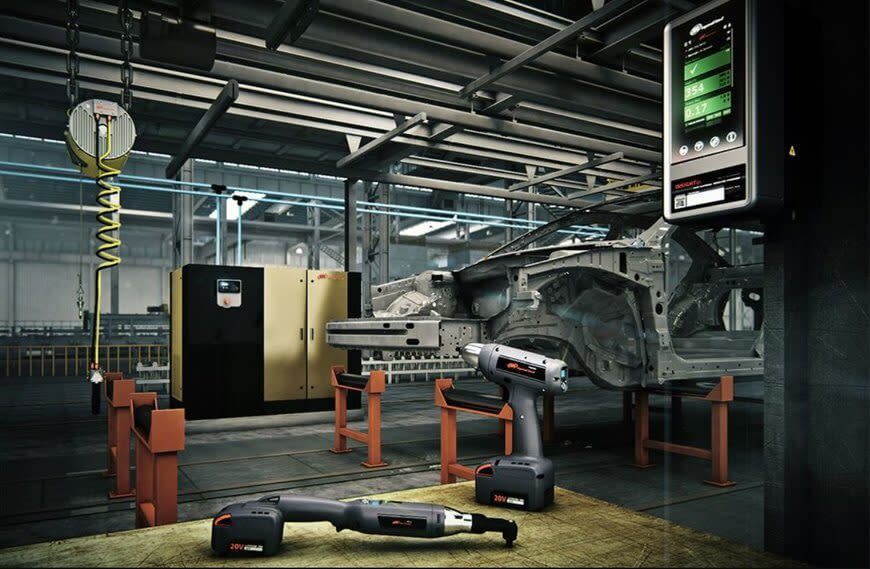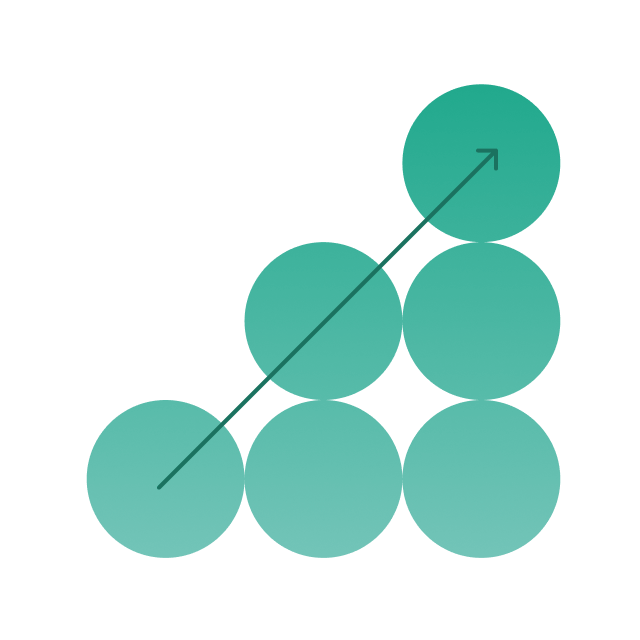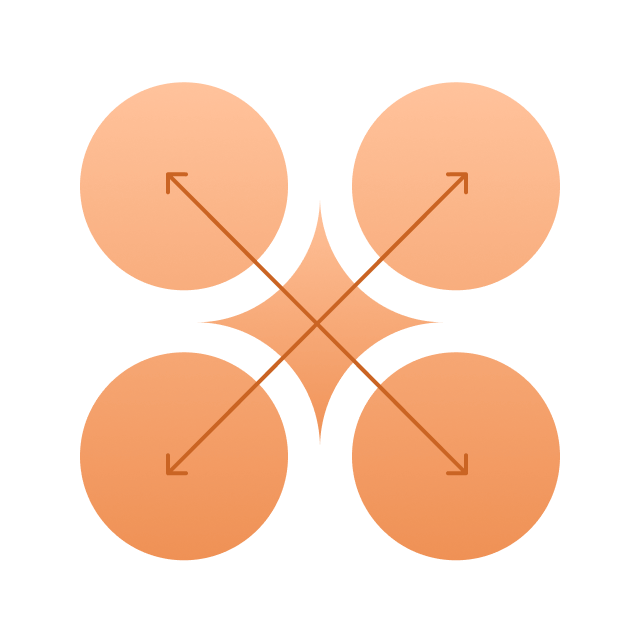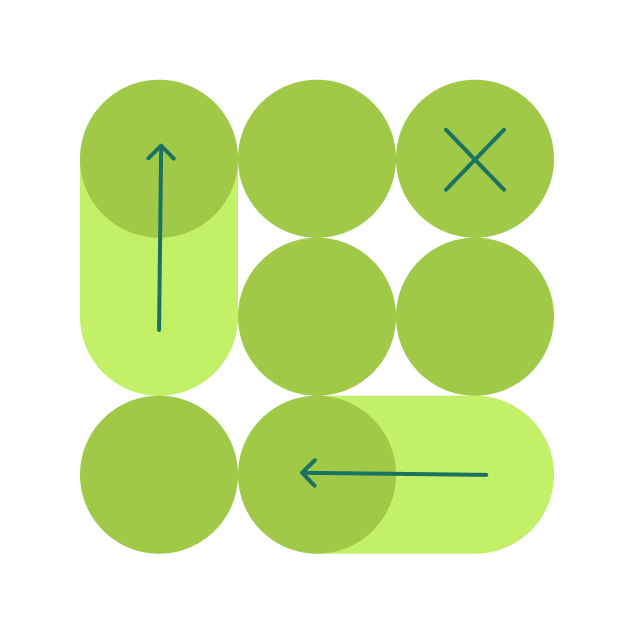
Automotive & industrial components
Stabilizing internal logistics and freeing capacity
Logio was engaged to identify improvement potential and design actionable plans to optimize internal logistics after Trane Technologies merged HVAC and compressor production.

Outcome
We diagnosed offline communication and missing master data, then designed a full warehouse and material‑flow reorganization to reduce logistics costs and lift productivity.
About Trane Technologies
Trane Technologies is a global climate innovator with two strategic brands, Trane and Thermo King, delivering efficient, sustainable climate solutions for buildings, homes and transportation. Thermo King supplies HVAC solutions for buses, rail cars and other transport applications. In 2024, Trane Technologies reported ~$19.8 billion in revenue.
~$19.8 bn revenue (2024)
~45,000 employees worldwide
HQ: Swords, Ireland
Initial challenge
After consolidating HVAC and compressor production, Trane Technologies faced inefficient warehouse processes and insufficient storage capacity, driving up logistics costs. Communication in production and the warehouse ran mostly offline and core master data (e.g., packing specifications) were missing.

Project goal
Identify improvement potential, gather the missing inputs, and design actionable plans to reorganize the warehouse, material flows, and supporting processes to unlock capacity and reduce logistics costs.

Solution
Designing stable intralogistics with limited data
We combined rapid on‑site discovery with process mapping to diagnose offline communication and capacity constraints. Based on the findings, we designed a complete reorganization of the warehouse and internal material flows, defined the missing master data, and prepared a phased implementation plan.

Solutions implemented
Process Mapping & Analysis
Process Optimization
Automated & Efficient Warehousing
Intralogistics & Material Flow

Impact
More stable flows, fewer logistics losses
Up to +30% productivity (planned)
Rredesigned flows and standards aim to reduce non‑value‑added handling and waiting.
Lower logistics cost drivers
Fewer touches, shorter travel distances, and clearer resupply cycles reduce handling and transport time.
Freed warehouse capacity
Space is released through rationalized slotting and storage policies rather than adding footprint.
Data readiness
Defined master‑data requirements (e.g., packing standards) to support ongoing control and improvement.
Clear implementation roadmap
Sequenced actions with pre‑requisites and expected impact to de‑risk changeover.
Make your intralogistics flow, not fight you
If offline processes, missing data and warehouse bottlenecks are slowing production, we can design a pragmatic fix and guide the rollout. Let’s discuss how to stabilize your flows, free capacity and cut logistics losses.
We tackled many supply chain challenges
Ergonomics‑led productivity for a steel processor
Lean housekeeping and ergonomic improvements lifted productivity fast and set conditions for healthier, more stable operations.
+10 % labor productivity in 2 months
Up to –30 % long‑term sickness expected
Central warehouse study for F. X. Meiller
Logio prepared a data based study of a future central warehouse for F. X. Meiller in Slaný, defining required capacities, suitable storage technologies and clear investment and space requirements. The study now serves as a strategic decision making document for the future shape of production and logistics in the plant.
Required storage capacities for the future central warehouse calculated from bills of material, logistics data and future production plans.
Investment costs and required warehouse space quantified as input for strategic decisions about the future production and logistics set up.